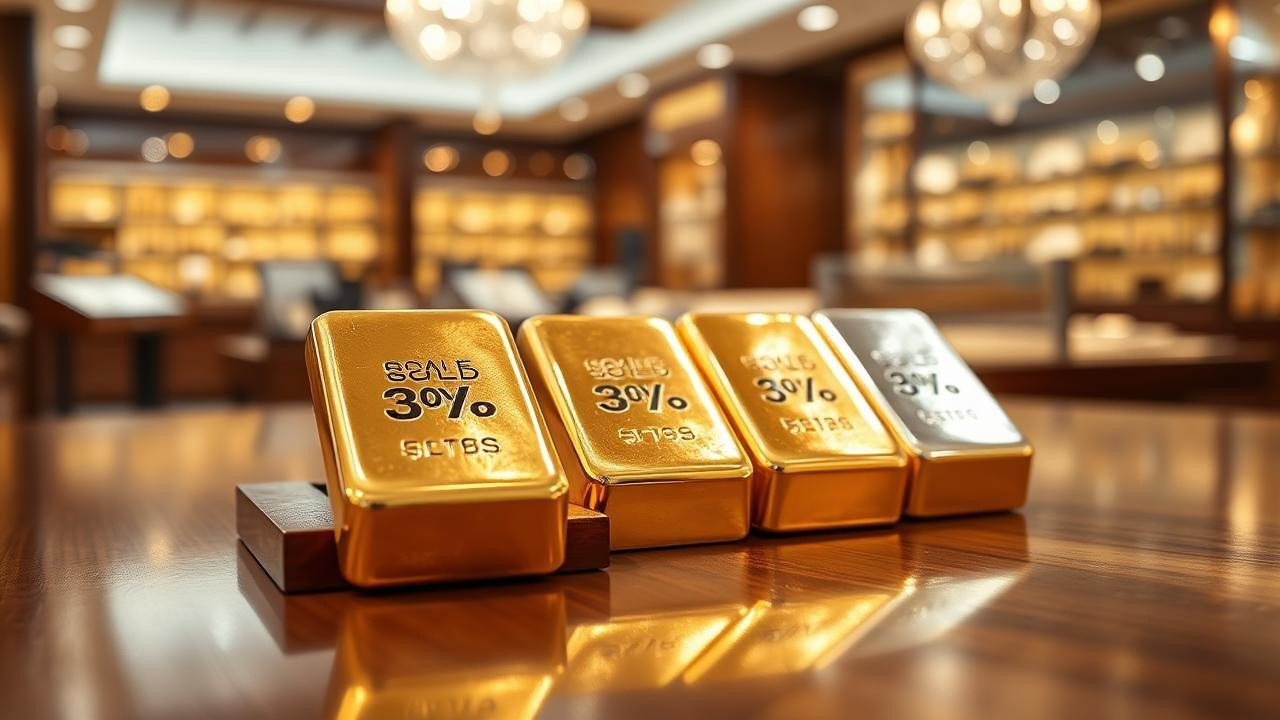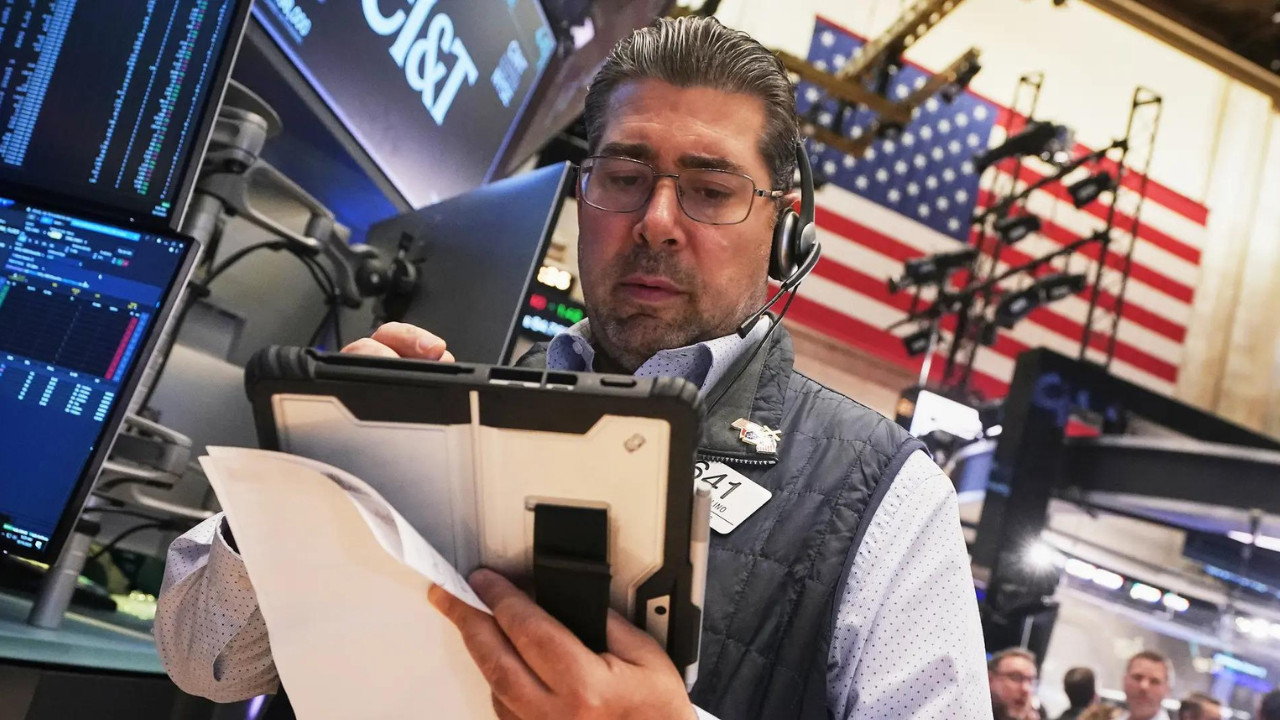The US Treasury’s gold reserves now exceed $1 trillion at market prices, vastly surpassing their official $11 billion valuation. Record gold prices, driven by market volatility, have created this potential $990 billion windfall, which could address half the budget deficit. However, revaluing these reserves is not being seriously considered due to financial system concerns.
Gold Rush Redux: How Soaring Gold Prices Are Reshaping Global Finance
For centuries, gold has been more than just a shiny metal. It’s been a symbol of wealth, a safe haven in turbulent times, and a key component of global finance. And right now, gold is making a serious comeback, with prices reaching levels that are sending ripples throughout the financial world. But what’s driving this surge, and what does it mean for everyone from the average investor to the US Treasury? Let’s dive in.
The yellow metal’s recent performance is nothing short of remarkable. We’re not just talking about a slight uptick; we’re seeing a powerful, sustained rally that’s capturing headlines and shifting the landscape of international finance. But this isn’t simply about investors looking for a shiny new toy. Several factors are converging to create a perfect storm for gold.
Decoding the Drivers Behind the Gold Price Rally
One of the biggest drivers, unsurprisingly, is uncertainty. The global economy feels like it’s constantly teetering on the edge of something – whether it’s inflation, recession, or geopolitical instability. In times of uncertainty, investors often flock to safe-haven assets, and gold has always been a prime destination. Its perceived stability and independence from government policies make it an appealing alternative to volatile stocks and bonds.
Central bank activity is another key piece of the puzzle. Many central banks around the world have been actively purchasing gold, diversifying their reserves and hedging against potential economic downturns. This increased demand further fuels the rising price of gold. This isn’t just a Western phenomenon; emerging market economies are also strategically increasing their gold holdings.
Inflation, too, plays a significant role. While gold isn’t always a perfect inflation hedge in the short term, it’s often seen as a store of value that can preserve wealth during periods of rising prices. As concerns about inflation persist globally, investors are turning to gold as a way to protect their purchasing power. The strength of the dollar also has a role to play in gold’s value.

US Gold Reserves: A Trillion-Dollar Treasure Trove
The impact of this gold price surge is particularly evident when we look at the US Treasury’s gold reserves. The United States holds the largest gold reserves in the world, a legacy of its historical economic power. Originally valued at a fixed price, these reserves have seen their value skyrocket alongside the global price of gold.
Think about it: what was once valued at a fraction of today’s market price is now worth over a trillion dollars. This increase highlights the massive shift in the perceived value of gold and its continued importance as a strategic asset for nations.
Of course, the US Treasury isn’t likely to start selling off its gold reserves anytime soon. These reserves serve as a crucial backstop for the US dollar and a symbol of the nation’s financial strength. However, the sheer size of the unrealized gains underscores the power of gold as a long-term store of value.
Beyond the Headlines: What This Means for You
So, what does all this mean for the average person? While you might not be directly managing a country’s gold reserves, the rising price of gold can still affect your investments and financial planning.
For investors, gold can be a valuable part of a diversified portfolio, providing a hedge against market volatility and inflation. However, it’s crucial to remember that gold, like any investment, carries its own risks. It’s essential to do your research and consult with a financial advisor before making any investment decisions. For example, read more about diversifying your portfolio with precious metals.
Furthermore, the rising price of gold can have broader implications for the global economy. It can influence currency valuations, trade balances, and even geopolitical relations. Understanding these dynamics can help you make more informed decisions about your finances and the world around you.
The Future of Gold: Is the Rally Sustainable?
Predicting the future is always a risky business, but it’s safe to say that gold will continue to play a significant role in the global financial system for the foreseeable future. Whether the current rally is sustainable in the long term is a matter of debate, and will depend on things like how fast the Fed cuts interest rates, or whether there will be more inflationary pressures.
What’s certain is that the ongoing gold price rally serves as a powerful reminder of gold’s enduring appeal as a safe haven asset and a strategic component of global finance. From central banks to individual investors, the world is keeping a close eye on the yellow metal, and for good reason. Its performance offers valuable insights into the state of the global economy and the shifting dynamics of international finance.







